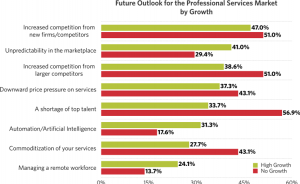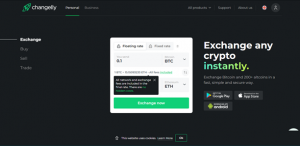
In case you haven’t noticed, many browsers are now in the process of removing third-party cookies. This, combined with the guidelines set forth by new privacy regulations, means cookies can no longer be used by digital marketers to identify the behaviors and the people behind the clicks – the individuals who may be their future customers. This represents a huge change for digital marketing, and now is the time for marketers to weigh their options for a cookie-less world. Here are four ideas to consider as you move forward:
- Cookies are far from perfect: Although cookies have been the number one way to track and measure the performance of targeted content based on clicks, they are far from perfect. They offer an incomplete picture: they can tell you about a person’s action (such as a website visit), without telling who they are or what they want to get out of the engagement with your brand. Cookies are also device-specific, so for example, devices shared across several users could end up with targeted ads that don’t map to the correct individual.
- The reality about contextual marketing: Many digital marketers are turning to targeting an audience based on their “location,” such as visiting a website, the use of search terms, or the content they’re viewing. This practice, known as contextual marketing, allows you to reach your target audience at the “right” time since they see your ad or other promotional messages when they’re viewing content based on set parameters. But this is imperfect as well, because without data about the individual, the information you capture may be missing the mark– the individual could be doing competitive research or they may have landed on your webpage by mistake. And even if they are in-market for your offer, this approach doesn’t offer a practical way to follow up with them on their interest at a later time.
- The emergence of IP address tracking: At OMI, the rise of Internet Protocol (IP) address tracking is something we see as a very viable digital alternative to cookies. IP address data allows you to identify targets through monitoring online activities, such as website visits, product reviews, content downloads, and more. It can also be used to identify the companies that have visited a given website so that businesses can re-target them at a later time. The process involves a lookup tool that matches the detected IP to an IP registry database to identify the company. This is a start in the right direction, but there’s still a gap in terms of the ability to identify and contact the correct person behind the behavior.
- Integrate with business contact data to close the loop: The good news is, with business contact data, you can close the IP address gap. With company IP address information in hand, you can then layer in business contact data — by function and title – to see who the decision-makers are within the company you’ve identified. This powerful combination of data enables you to pinpoint relevant individual contacts and target your marketing to those contacts in a personalized and timely way. There’s more good news, too — with the move to account-based marketing (ABM), it’s even more important to narrow your focus and avoid wasting time and resources on irrelevant contacts. By integrating business contact data with IP address data, your ABM strategies become much more effective for identifying warm leads.
We are truly reaching the end of an era with the phasing out of third-party tracking cookies. For some digital marketers, it may seem like a huge headache. But for others it’s an opportunity. IP address identification and contact matching offers a way for digital marketers to reach the right person, at the right time, on the right device, with the right content.
The bottom line is this: cookies are on the way out – and many new approaches are now becoming available to give digital marketers even more power and greater pinpoint accuracy when it comes to reaching the right prospects for their offers.
Digital & Social Articles on Business 2 Community
(48)
Report Post




